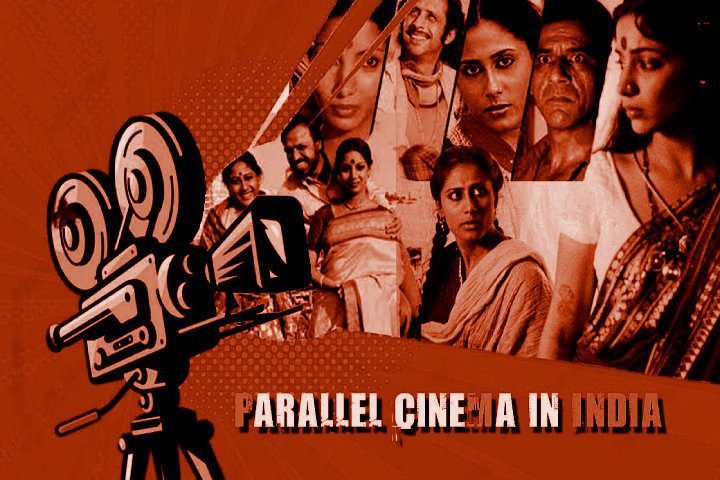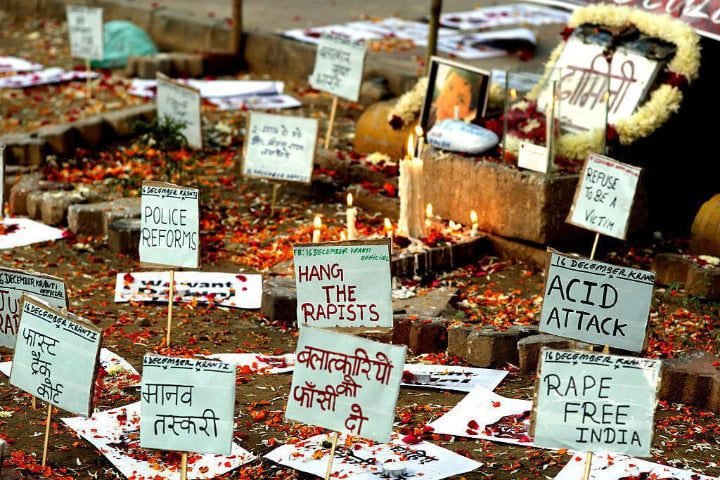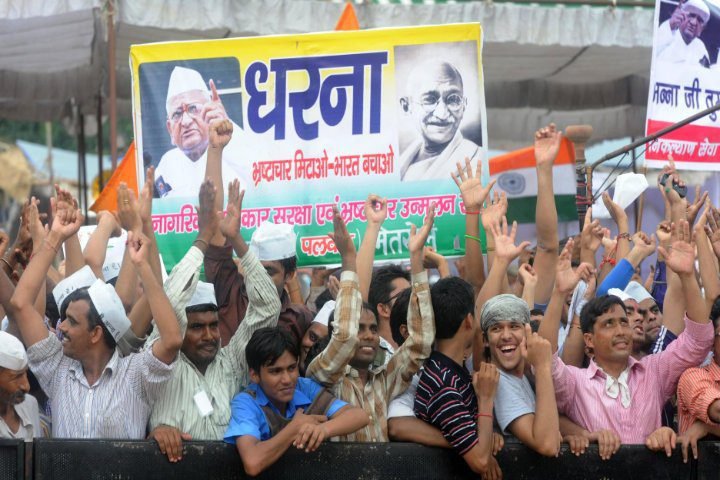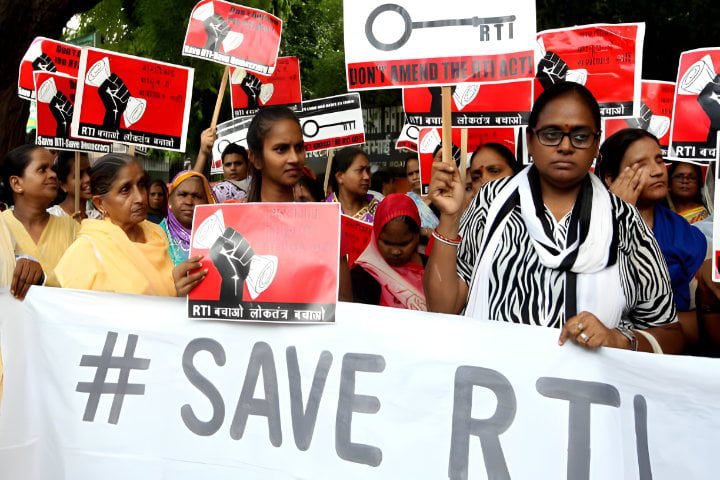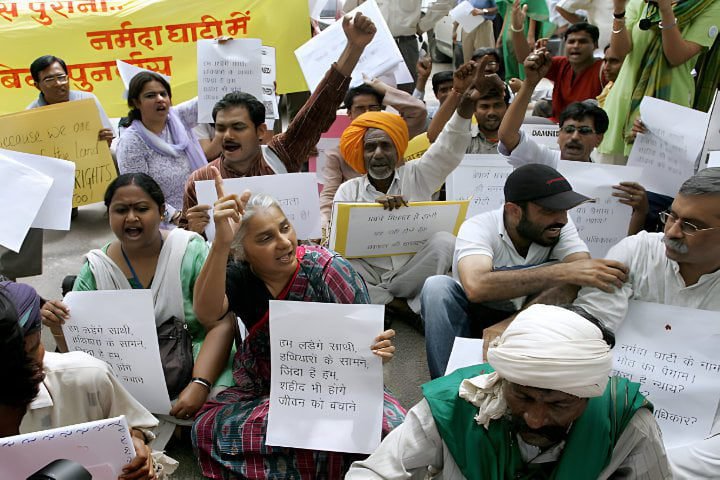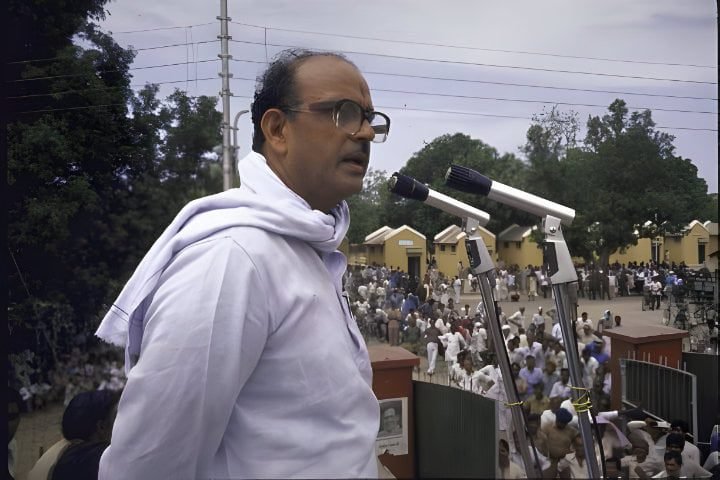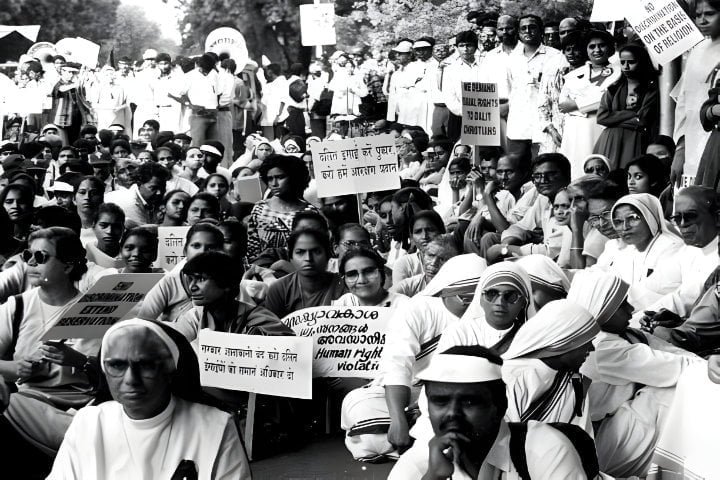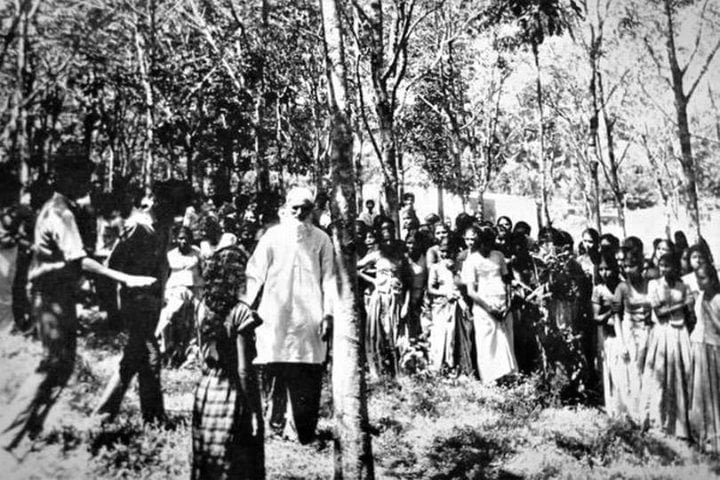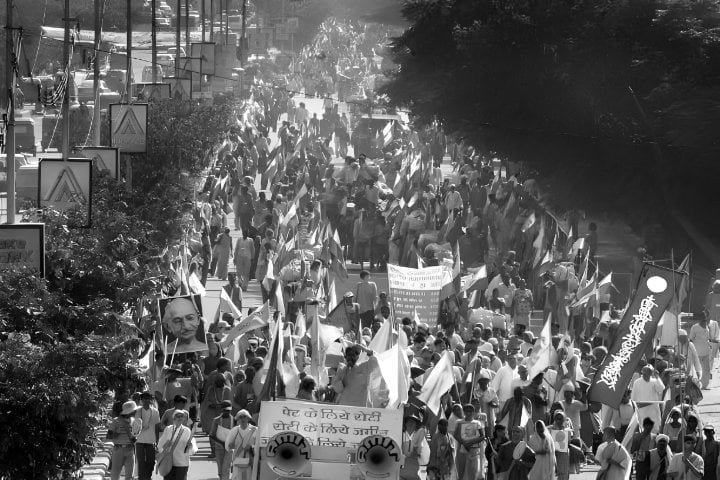Indian Parallel Cinema
Indian Parallel Cinema: Introduction “Indian Parallel Cinema,” also known as “Indian New Wave Cinema” and “Alternative Cinema,” is a film movement that gained prominence in the 1950s in the West Bengal state of India. At that time, commercial films were more popular and known for being melodramatic, with excessive glamour and many songs and dances […]
